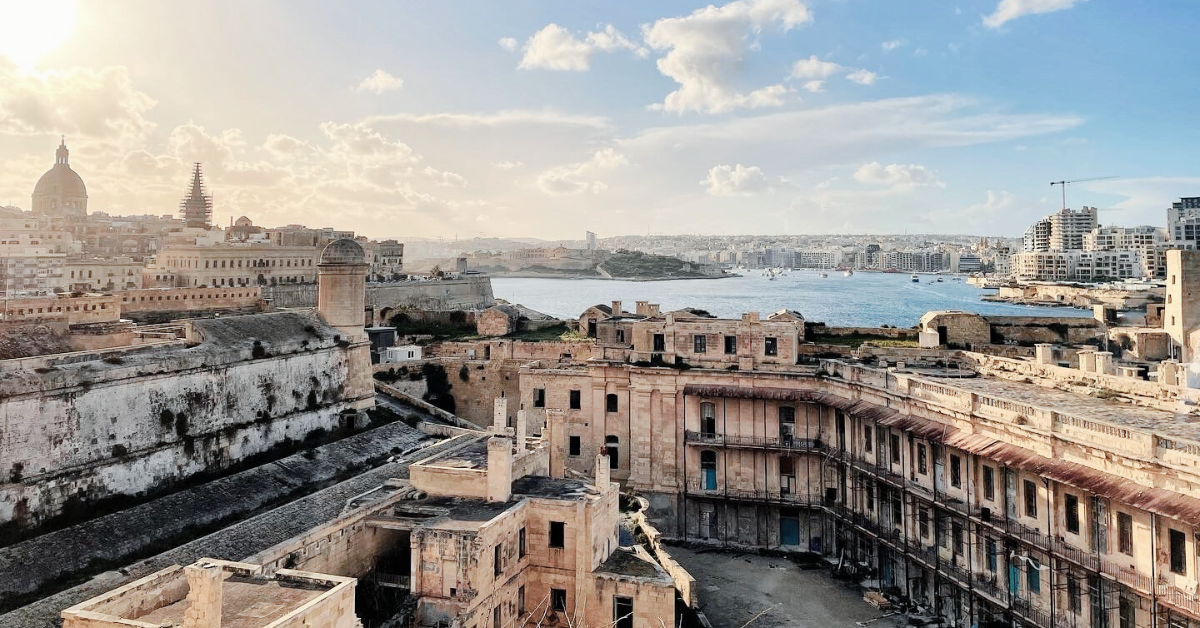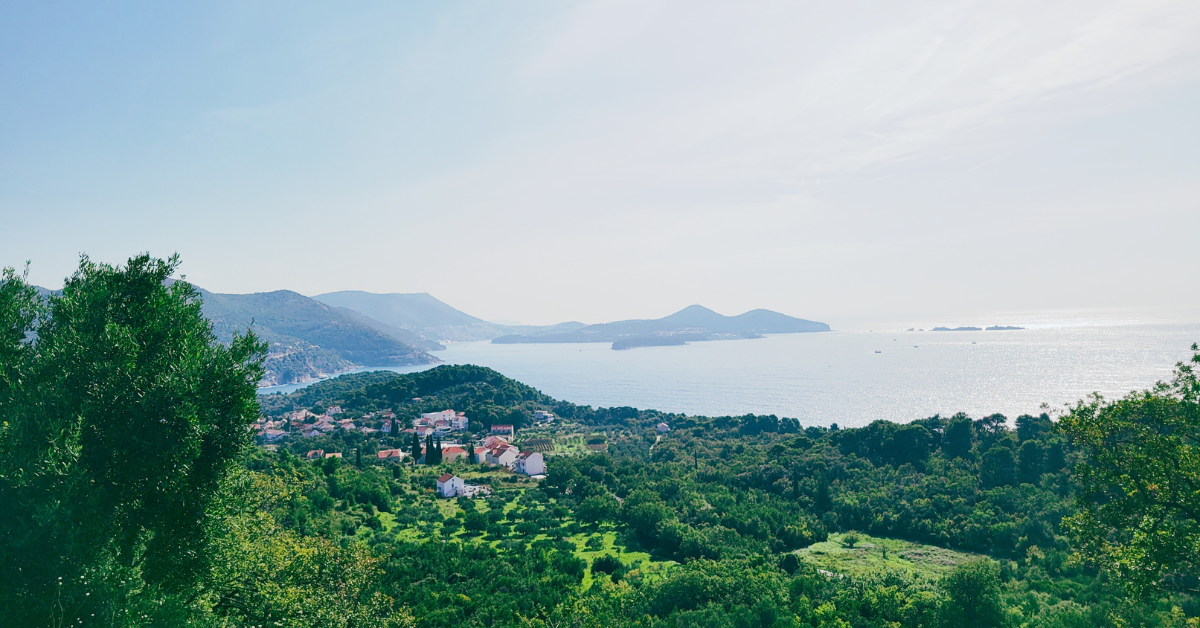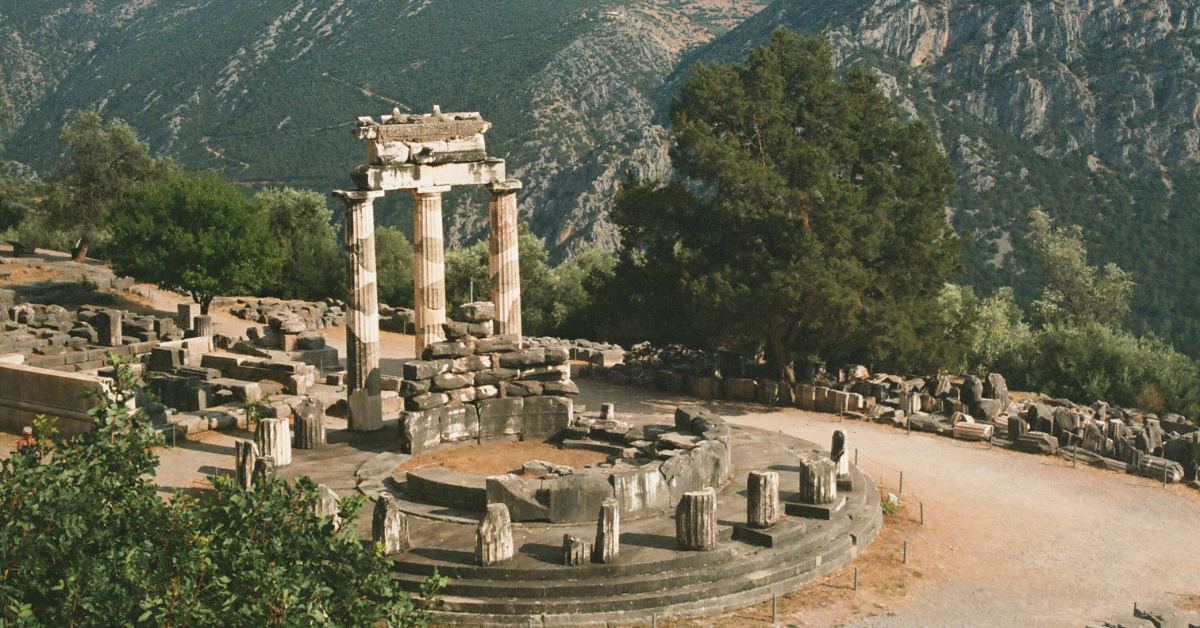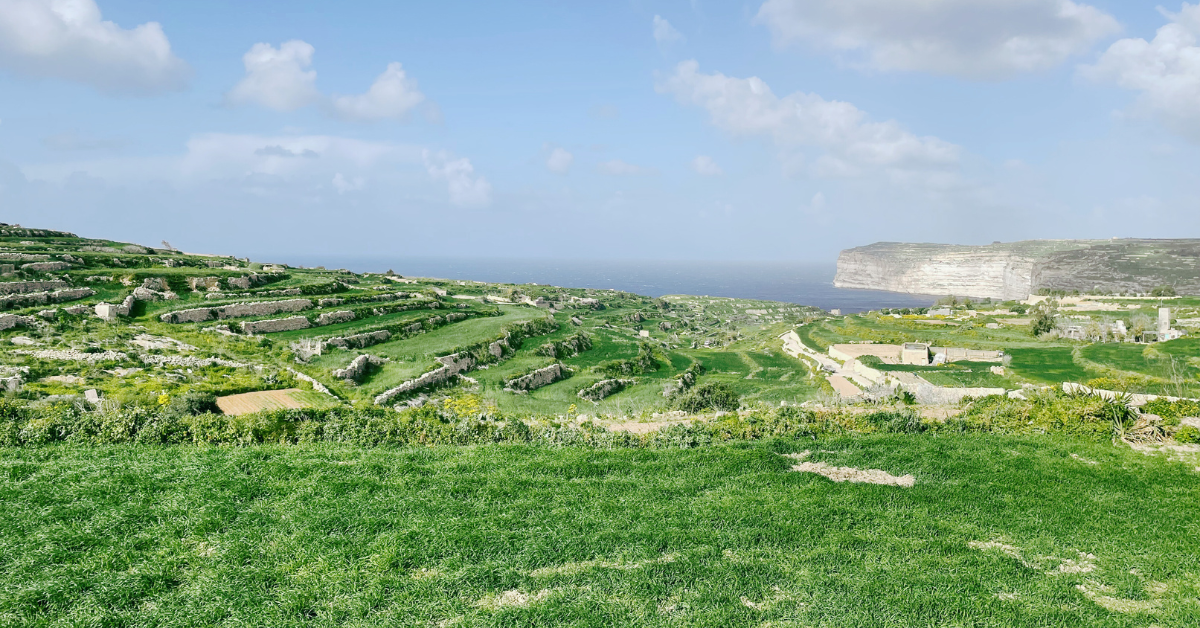Malta’s capital, Valletta, is a UNESCO World Heritage site that punches far above its weight in charm and history. This compact city is walkable, fortified, and bursting with golden-hued architecture, narrow alleys, and scenic overlooks of the Mediterranean. With layers of history from the Knights of St. John to World War II, it’s a place where nearly every building has a story. I based myself in Valletta for six nights, giving me five full days. I used two and a half for Valletta itself and two and a half for day trips.
Hotel recommendation: The Cumberland Hotel by NEU Collective. This was one of my favourite hotels I’ve ever stayed in. It was central Valletta. I had a gorgeous room. Breakfast was included, and instead of the typical buffet, it was restaurant-style with a menu and made for me. I think I had the Croque Madame half of the mornings.
Things to Do
As the title of this post indicates, Valletta is packed with history and things to see! So this list is not exhaustive. I’ve tried to group the sights by location and proximity.
Central Valletta – Along Republic Street
Triton’s Fountain stands proudly at the entrance of Valletta, welcoming visitors with its striking bronze figures and flowing water. Designed in the 1950s, the fountain features three mythological Tritons holding up a large basin, symbolizing Malta’s deep connection to the sea. It’s a popular meeting point and a great spot to pause before exploring the city’s historic streets. Illuminated at night, it takes on an even more dramatic presence—perfect for photos.
Museum of Archaeology
Set in a beautiful Baroque building, this museum holds artifacts dating back to Malta’s earliest prehistoric periods. It includes statues found at the famous megalithic temples. While the collection isn’t vast, it’s beautifully curated and gives depth to the island’s ancient story.
Underground Valletta Tour (Cancelled)
Unfortunately, my underground tour of Valletta was cancelled due to safety concerns after recent rains. I’ve heard it’s an atmospheric and lesser-known way to explore the city’s foundations, wartime shelters, and tunnels. I’ll be trying again next time.
St. John’s Co-Cathedral
Don’t be fooled by the modest exterior—inside, this cathedral is a Baroque masterpiece. Built by the Knights of St. John, it features intricately carved walls, a jaw-dropping marble floor made of knightly tombs. Caravaggio’s famous painting, The Beheading of Saint John the Baptist, hangs in one of the alcoves. Unlike many of the Baroque churches I’ve been to, this does not feel overwhelming or ominous. The colour scheme was lighter, with paintings of lighter tones, more ethereal and sculptures in marble rather than dark wood.
The Grand Master’s Palace
One of Malta’s most iconic and historically significant buildings. Currently undergoing restoration, some parts of the palace may be closed, but whatever is still accessible will be impressive. Situated right in the heart of Valletta. Originally built in the 16th century, it served as the residence of the Grand Master of the Order of St. John. The Grand Master governed Malta during the rule of the Knights Hospitaller. Over the centuries, it has evolved into a political and administrative hub, becoming the seat of British colonial governors and now the Office of the President of Malta.
The palace is a striking example of Baroque architecture, with its symmetrical façade, elegant arcades, and richly decorated interiors. One of the highlights is the Palace Armoury, a vast collection of weapons and armour used by the Knights of St. John. It’s one of the largest arms collections still housed in its original location, showcasing elaborately crafted suits of armour, swords, pistols, and ceremonial weapons.
Casa Rocca Piccola
This 16th-century noble residence is still privately owned and lived in, but open for guided tours. It offers a rare glimpse into the lifestyle of a Maltese aristocratic family, complete with antique furnishings, family stories, and even an air raid shelter beneath the home.








The Perimeter of Valletta
Fort St. Elmo & the National War Museum
Perched at the tip of Valletta, Fort St. Elmo is a 16th-century stronghold that played a major role in the Great Siege of 1565. Today, it houses the National War Museum, which covers Malta’s military history from the Bronze Age through both World Wars. The fort itself is impressive, and the exhibits provide excellent context for Malta’s long-standing strategic importance.
The Malta Experience
Located beside the Mediterranean Conference Centre, this short but informative audio-visual presentation offers a great overview of Malta’s 7,000-year history. It’s a useful first stop if you want to understand the island’s complex past before diving into the museums and historic sites.
Sacra Infermeria (The Infirmary)
Once the hospital of the Knights of St. John, this massive hall was centuries ahead of its time in medical design. It’s now part of the Mediterranean Conference Centre but still open for visits. The long, vaulted hall, used to care for hundreds of patients, is a testament to the order’s commitment to both warfare and welfare.
Upper & Lower Barrakka Gardens
These elevated gardens offer some of the best views in Valletta. The Upper Barrakka Gardens overlook the Grand Harbour and are home to the Saluting Battery, where cannons fire twice daily in a dramatic ceremony. The Upper Gardens seemed like a meeting place in the evenings. The glow of sunset made this spot particularly magical. The Lower Barrakka Gardens are quieter and perfect for a moment of reflection with sweeping sea views.
Lascaris War Rooms
Hidden beneath Valletta’s bastions, the Lascaris War Rooms were once the secret nerve centre of the Allied defence during WWII. A guided visit offers insight into Malta’s strategic wartime role, and the maze of underground tunnels gives a real sense of how intense operations must have felt. It’s both humbling and fascinating—a must for history lovers. This was one of the highlights of my trip!

Restaurants to Try:
La Pira Maltese Kitchen
Tucked into a charming side street in Valletta, La Pira Maltese Kitchen serves up traditional Maltese dishes in a cozy, welcoming setting. With its warm stone walls and intimate atmosphere, it feels like dining in a local home. The menu highlights fresh, seasonal ingredients and classics like rabbit stew and lampuki (when in season). It’s the perfect spot for a hearty, authentic meal after exploring the city’s historic streets.
Nenu the Baker
Nenu the Baker is all about celebrating Maltese culinary heritage—especially ftira, the island’s beloved traditional bread. Housed in a beautifully restored bakery, the restaurant blends rustic charm with hearty flavours. Their stone-baked ftiras are topped with local ingredients, creating a delicious cross between pizza and focaccia. With a menu rich in Maltese specialties and a warm, communal vibe.



Pin me for later






















Leave a Reply